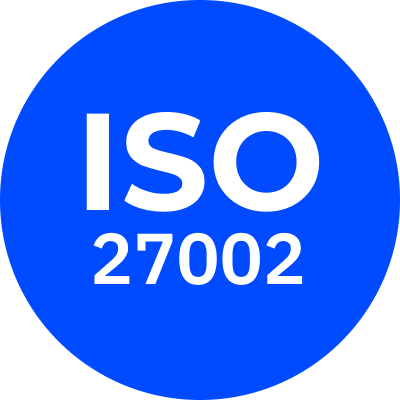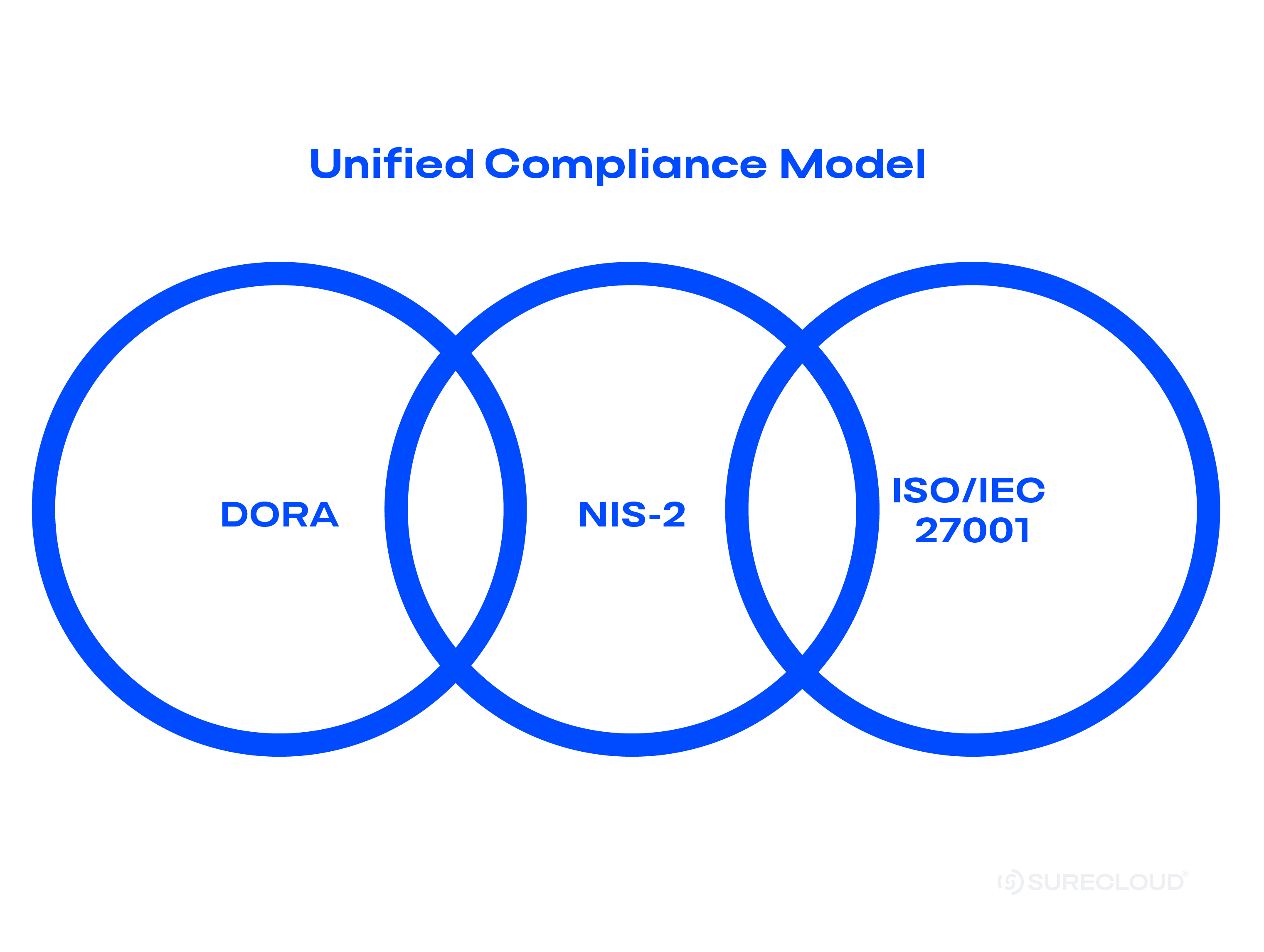
- Third-Party Risk Management
- 26th Nov 2025
- 1 min read
How to Prioritise Your Third-Party Risks in 2026

- Written by
In Short..
TLDR: 4 Key Takeaways
-
Third-party risk is accelerating in 2026, driven by deeper digital supply chains, hyperscale platform concentration, AI-enabled attacks and increasingly complex fourth- and fifth-party dependencies.
-
Effective prioritisation requires knowing what’s critical, mapping essential assets, services, and data flows, and understanding where vendors (and their subprocessors) underpin your core operations and regulatory obligations.
-
A modern tiering model based on impact, likelihood and recoverability is essential, helping organisations focus finite resources where disruption, data exposure or compliance failures would cause the greatest harm.
-
Technology is now pivotal for continuous oversight, enabling automated assessments, live vendor signals, subprocessor tracking, and centralised governance so teams can monitor risk in real time and stay resilient as dependencies evolve.
A structured, proactive approach to third-party risk prioritisation gives organisations the clarity and confidence to operate securely in an interconnected digital ecosystem. As threats grow and regulatory expectations tighten, real-time visibility into vendors, dependencies, and emerging risk signals becomes critical. By combining clear governance with intelligent automation, organisations can anticipate issues earlier, respond faster to disruption and build durable resilience across their entire third-party landscape.
Introduction
Third-party risk has never been more visible or more widely felt. Gartner reports that 45% of organisations experienced a third-party-related business interruption in the past two years, with supply-chain breaches, cloud outages, data exposure and operational failures among the most common triggers. Fast-moving digital dependency, AI-enabled attacks and hyperscale platform concentration mean that as we enter 2026, your risk surface increasingly belongs to somebody else.
Yet almost every organisation still faces the same challenge:
How do you prioritise third-party risks when your resources aren’t infinite?
With regulatory expectations accelerating and supply-chain interdependencies hardening, prioritisation is now the cornerstone of an effective TPRM programme. Below, drawing on SureCloud’s hands-on experience supporting organisations across regulated sectors, we break down how to build a 2026-ready approach to vendor risk.
1. Identify Your Critical Assets and Functions
Before you can prioritise vendors, you must understand what truly matters inside your organisation. Critical assets are the lifeblood of your business: sensitive data, proprietary IP, essential systems, customer-facing services and regulated processes.
In 2026, this mapping must be sharper and more holistic than before:
-
Data categories: PII, PHI, financial data, behavioural datasets, model training data.
-
Critical functions: Identity, payment processing, authentication, communications, logistics, customer operations.
-
Digital dependencies: Cloud hosting, API integrations, SaaS platforms, authentication providers, DevOps pipelines.
-
AI system dependencies: Model providers, data enrichment tools, automated decisioning inputs.
For example, if your business is heavily dependent on customer analytics, your highest-priority third-party risk will be exposure through data processors or analytics platforms. Likewise, if a single vendor supports your authentication layer, any outage becomes an immediate operational risk.
Action for 2026:
Map not only what is critical, but where it lives, who touches it, and what fourth-party services sit behind your direct suppliers. This forms the backbone for your vendor tiering model later.
2. Build a Complete, Accurate Third-Party Inventory
Many organisations still underestimate how many vendors they actually use. Shadow IT, departmental SaaS purchases, and embedded APIs mean supply chains are deeper than procurement alone can track.
For 2026, visibility is no longer optional.
You must know:
-
Who your vendors are
-
What services they provide
-
What data they access
-
What integrations they have
-
Which subprocessors they rely on
-
Where they operate geographically
-
Which regulatory regimes apply
Start by pulling supplier information from procurement—but don’t stop there. Survey IT, marketing, HR, finance, development teams and any function likely to have procured tools independently.
Action:
Create a living, centralised vendor register that updates continuously, not annually.
3. Assess Risk by Impact and Probability
Not all third-party risks are equal. Modern TPRM requires a two-dimensional view:
-
Impact (how badly it hurts)
-
Likelihood (how often or how easily it could occur)
High-impact, high-likelihood scenarios require immediate mitigation. Low-impact, low-likelihood scenarios can be monitored with lighter-touch governance.
When assessing impact, consider:
-
Financial losses
-
Operational downtime
-
Reputational damage
-
Regulatory fines (DORA, GDPR, NIS2)
-
Safety or service disruption
-
Data loss or corruption
-
Exposure through fourth-/fifth-party failures
When assessing probability, look at:
-
Historical incident data
-
Vendor performance and resilience posture
-
Threat intelligence
-
Concentration risks (e.g., shared reliance on AWS, Cloudflare, Okta)
-
Dependency chains and geographic exposure
-
AI-related or automation-related emerging risks
-
Rate of change (e.g., frequent updates, short release cycles)
2026 trend to factor in:
AI-enabled attacks increasingly target vendor ecosystems, not just primary organisations. Risk now includes model supply chains, identity-chain weaknesses and misconfigured integrations.
SureCloud recommends using a simple weighted scoring model to assign trust levels, e.g., Informal, Trusted, Partner, Strategic, making it easier to concentrate effort where it matters.
4. Consider Regulatory Compliance and Upcoming Obligations
2026 is a watershed year for regulation. This means your prioritisation model must incorporate compliance risk.
Key regulations impacting third-party oversight include:
-
GDPR / UK GDPR – data processors and subprocessors
-
DORA (EU) – ICT third-party risk, operational resilience, concentration risk
-
NIS2 (EU) – supply-chain security and critical entities
-
SOX – financial systems and controls
-
PCI DSS 4.0 – cardholder data environment
-
HIPAA – healthcare data
-
CCPA/CPRA – data privacy for US residents
If a third party supports a regulated function or touches regulated data, their risk score and tier must reflect that.
Ask:
-
Are they appropriately certified?
-
Can they evidence compliance?
-
Do they have a breach history?
-
Do they notify you of subprocessors or region changes?
-
Can they demonstrate resilience and recovery capabilities?
2026 shift:
Regulators increasingly expect continuous oversight, not annual assessments.
5. Use Technology to Streamline, Automate and Monitor
Attempting 100% manual third-party oversight is impractical and unnecessary. The goal is coverage, not excessive assessment.
Modern TPRM platforms enable you to:
✔ Automate vendor assessments and follow-ups
✔ See real-time status and risk indicators
✔ Track changes to subprocessors, MFA, access or regions
✔ Centralise evidence, documentation and communication
✔ Maintain a tier-based assurance model
✔ Demonstrate audit-ready compliance
SureCloud’s TPRM solution gives organisations:
-
Live visibility across vendors, dependencies and fourth parties
-
Configurable risk scoring and prioritisation
-
Automated workflows with escalations
-
Continuous monitoring signals (identity, access, subprocessor updates, attestations)
-
Assurance packs for Tier 1–2 vendors
-
Integrated reporting for regulators, boards and audit committees
This enables organisations to move from reactive oversight to proactive resilience.
In Conclusion: Prioritisation Must Become Continuous in 2026
Third-party risk prioritisation isn’t a project; it’s a living operational discipline that must evolve alongside your vendor ecosystem.
In 2026, expect:
-
More supply-chain targeted attacks
-
More cloud and platform concentration incidents
-
More scrutiny from regulators
-
More reliance on AI- and API-driven vendor services
-
More interconnected digital supply chains
To stay ahead:
-
Monitor vendors continuously
-
Re-tier and reassess as dependencies change
-
Maintain a single source of truth for vendor relationships
-
Leverage technology to handle scale
-
Review assessments after incidents, innovations, or regulatory changes
A proactive, prioritised approach will enable you to keep pace with evolving threat landscapes while supporting growth, innovation and compliance.
Ready to build a more resilient third-party ecosystem in 2026?
“In SureCloud, we’re delighted to have a partner that shares in our values and vision.”
Read more on how Mollie achieved a data-driven approach to risk and compliance with SureCloud.
“In SureCloud, we’re delighted to have a partner that shares in our values and vision.”
Read more on how Mollie achieved a data-driven approach to risk and compliance with SureCloud.
“In SureCloud, we’re delighted to have a partner that shares in our values and vision.”
Read more on how Mollie achieved a data-driven approach to risk and compliance with SureCloud.

Reviews
Read Our G2 Reviews
4.5 out of 5
"Excellent GRC tooling and professional service"
The functionality within the platform is almost limitless. SureCloud support & project team are very professional and provide great...
Posted on
G2 - SureCloud
5 out of 5
"Great customer support"
The SureCloud team can't do enough to ensure that the software meets our organisation's requirements.
Posted on
G2 - SureCloud
4.5 out of 5
"Solid core product with friendly support team"
We use SureCloud for Risk Management and Control Compliance. The core product is strong, especially in validating data as it is...
Posted on
G2 - SureCloud
4.5 out of 5
"Excellent support team"
We've been happy with the product and the support and communication has been excellent throughout the migration and onboarding process.
Posted on
G2 - SureCloud

.png)

















